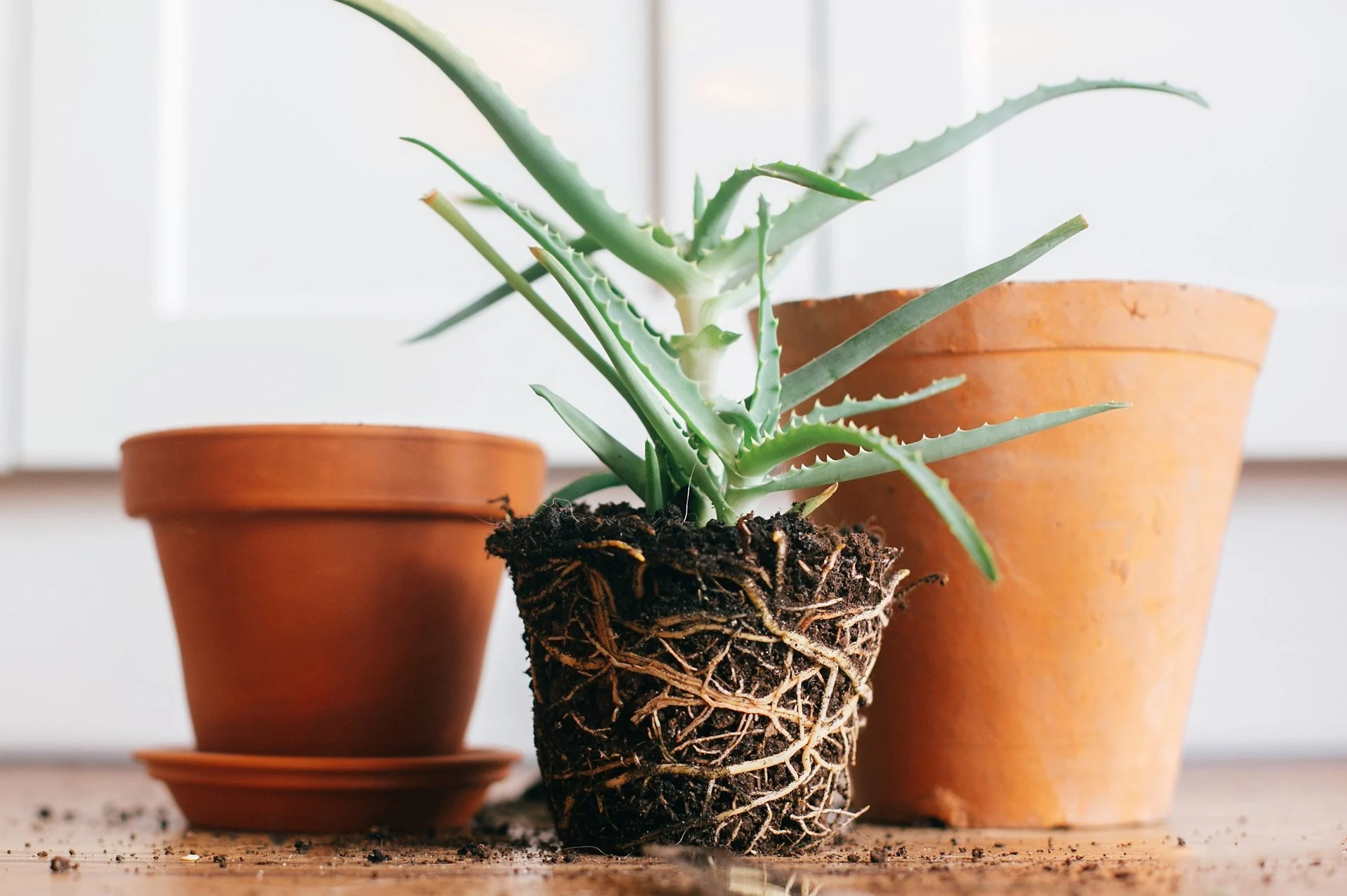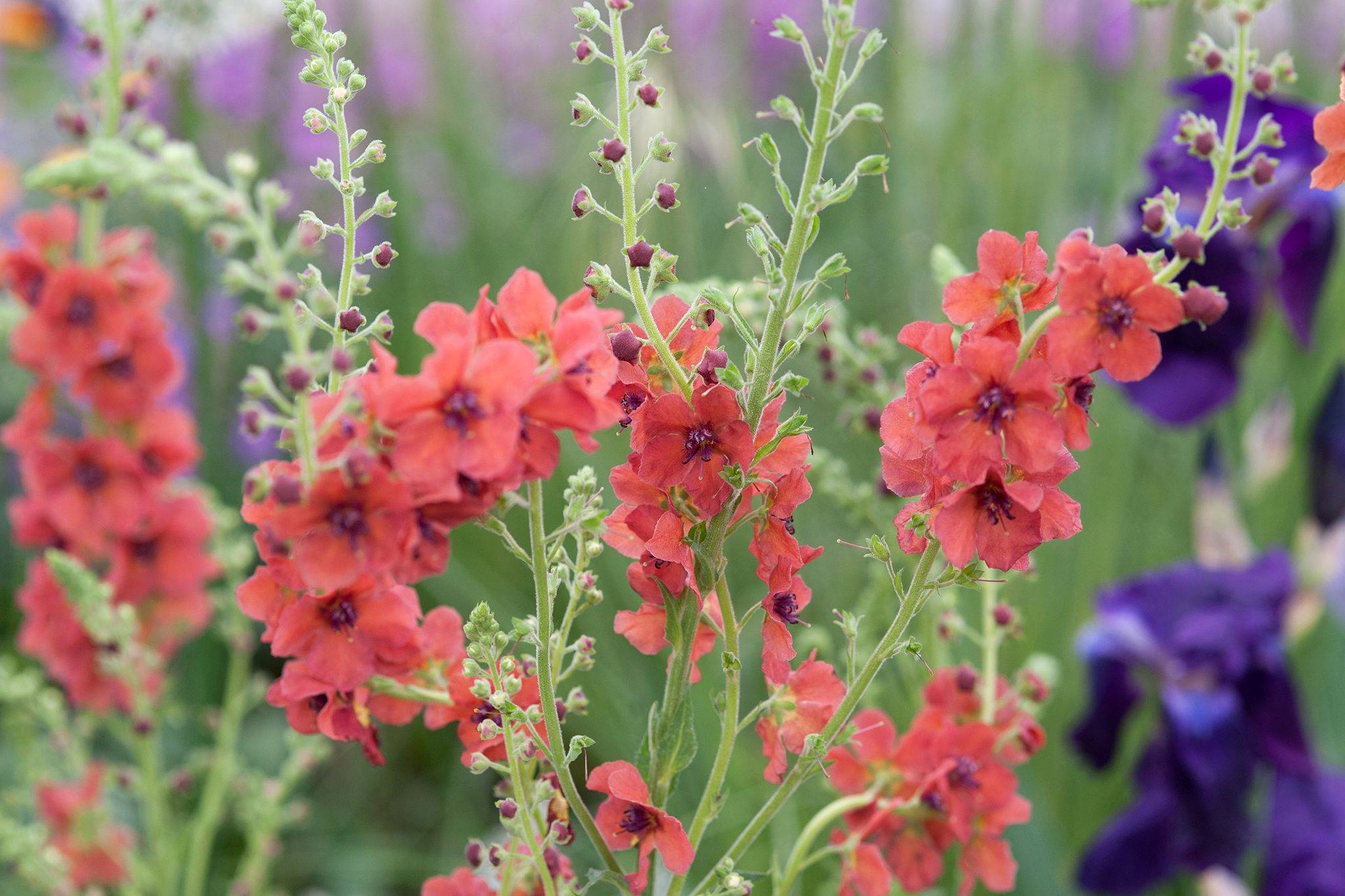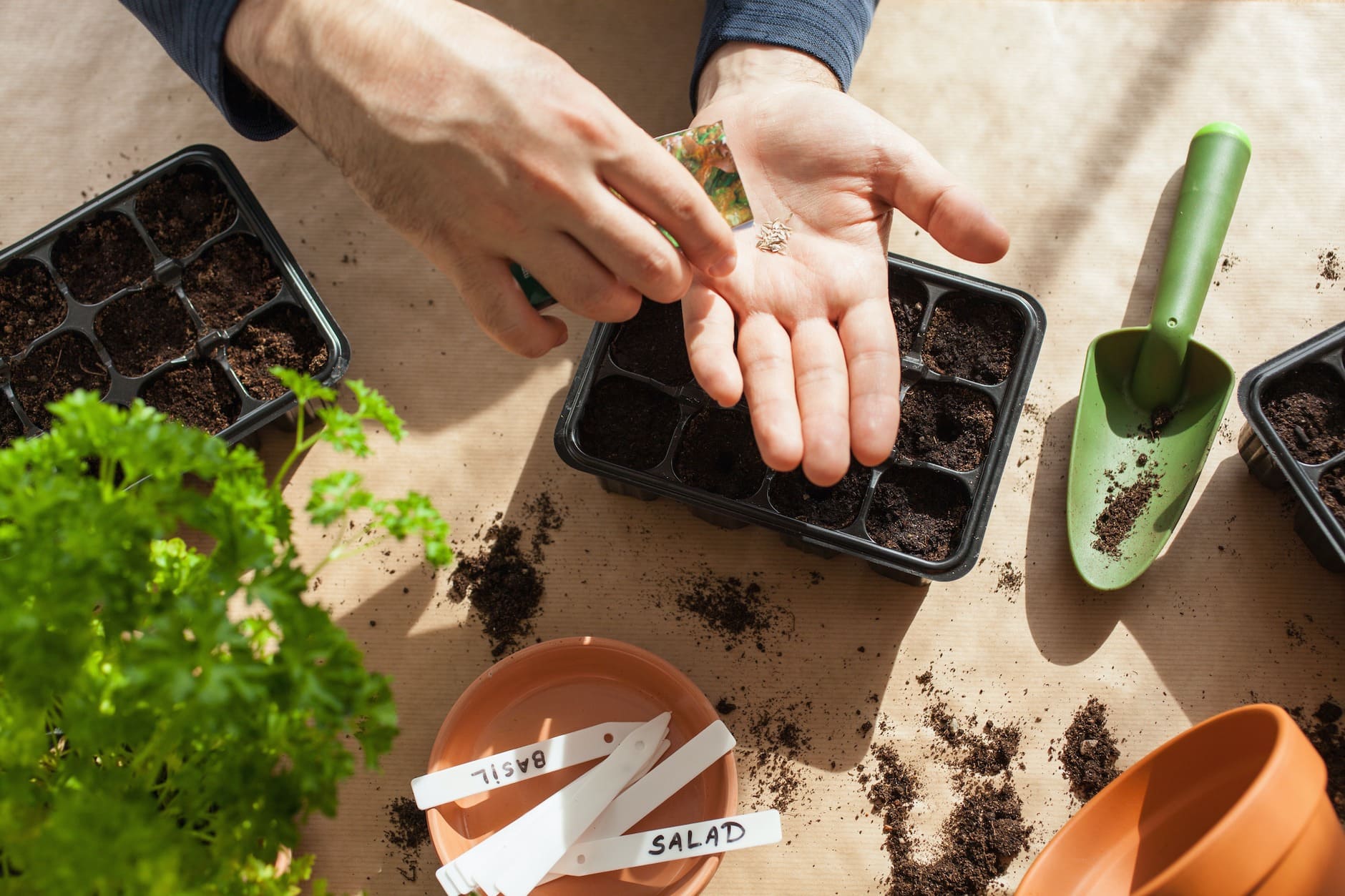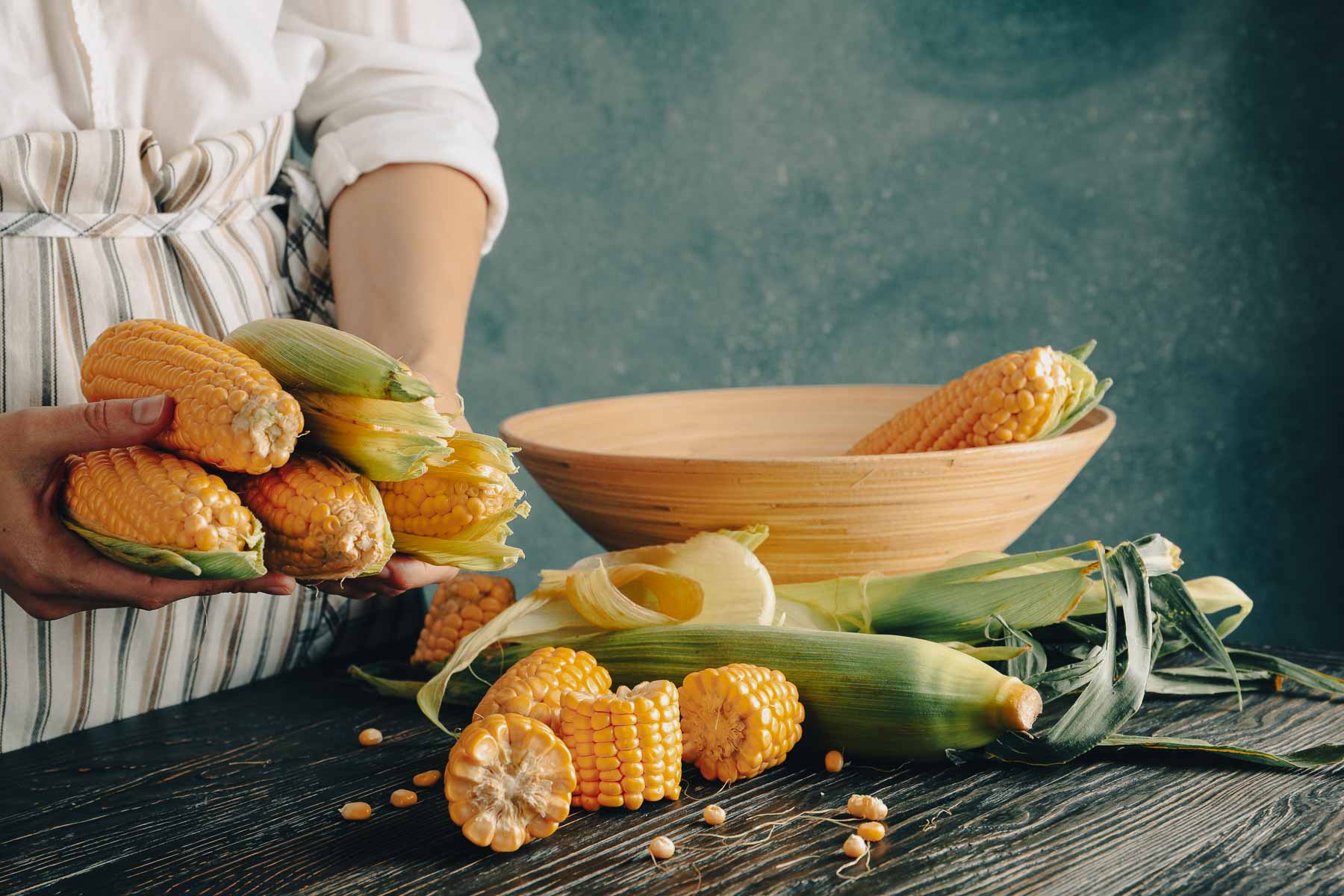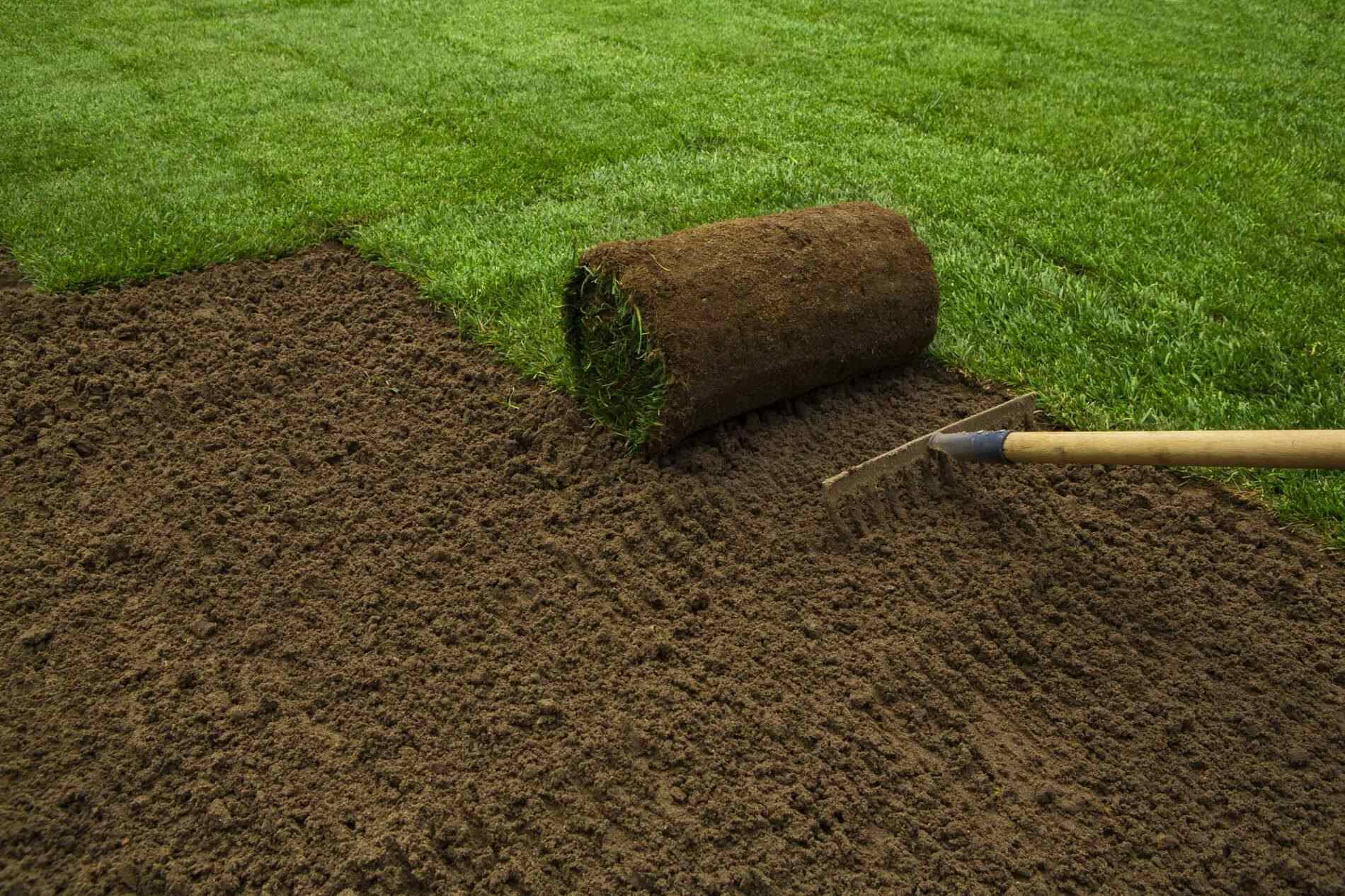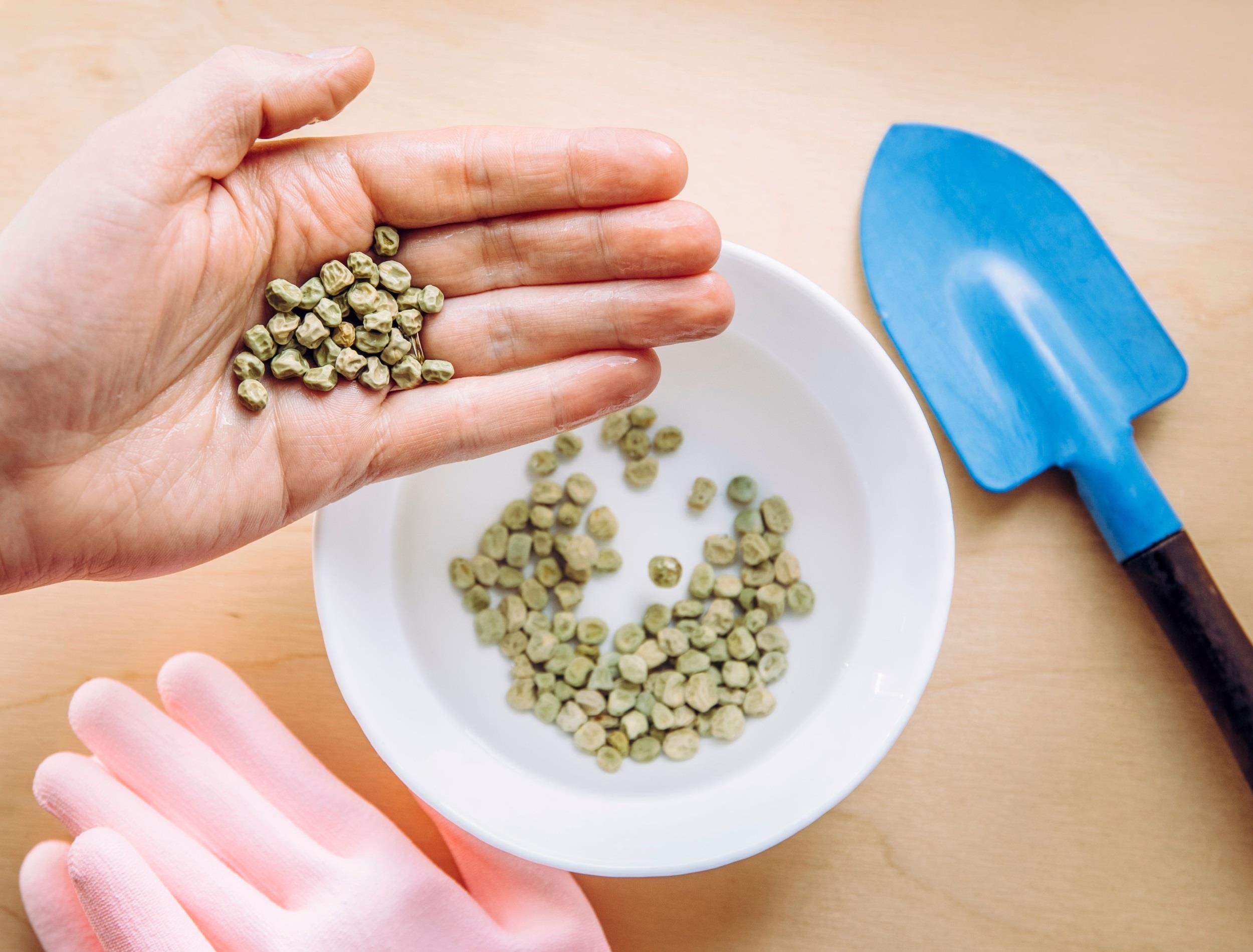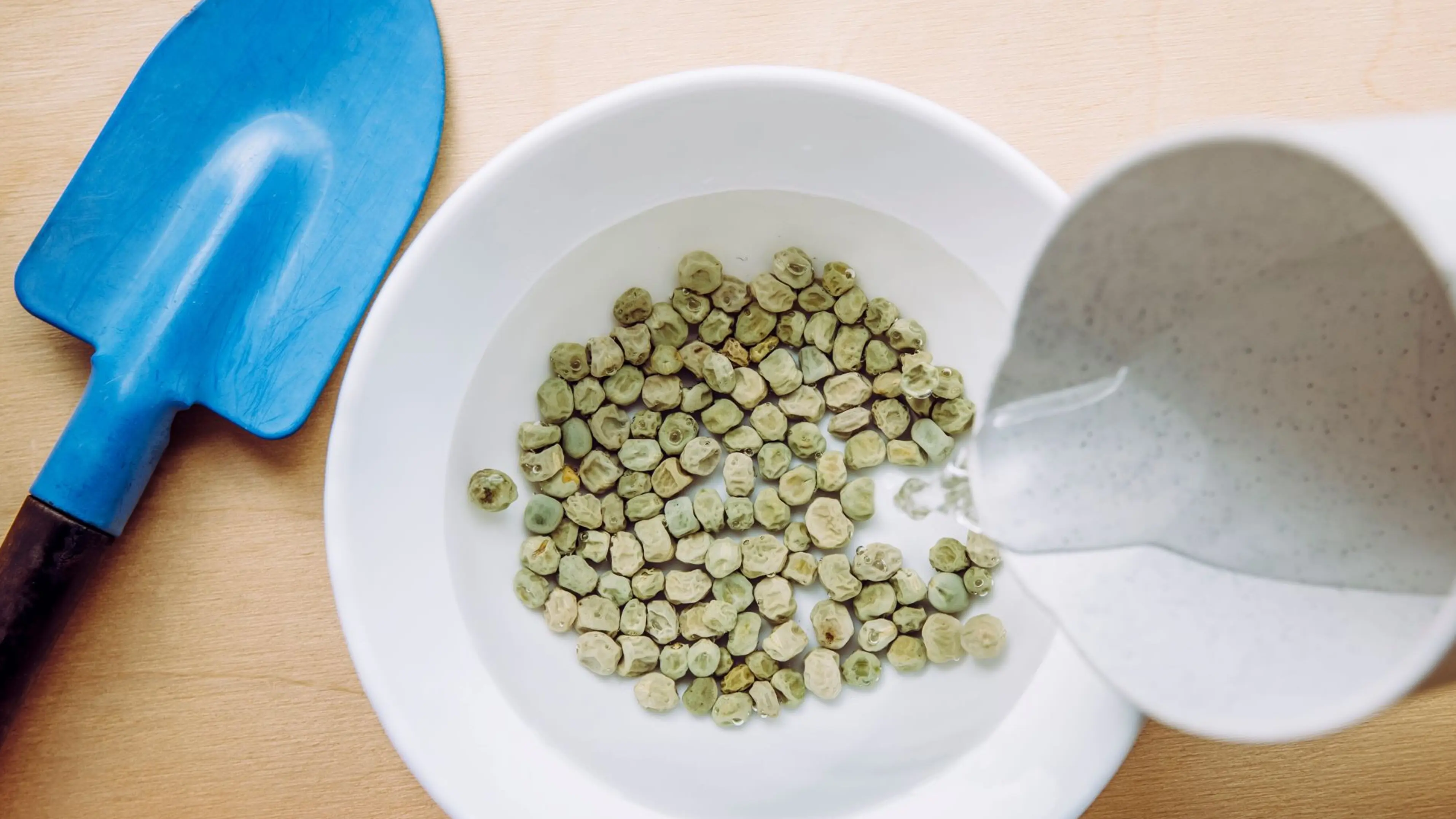Home>Types of Gardening>Edible Gardening>How Long Can You Keep Bare Root Strawberries Before Planting
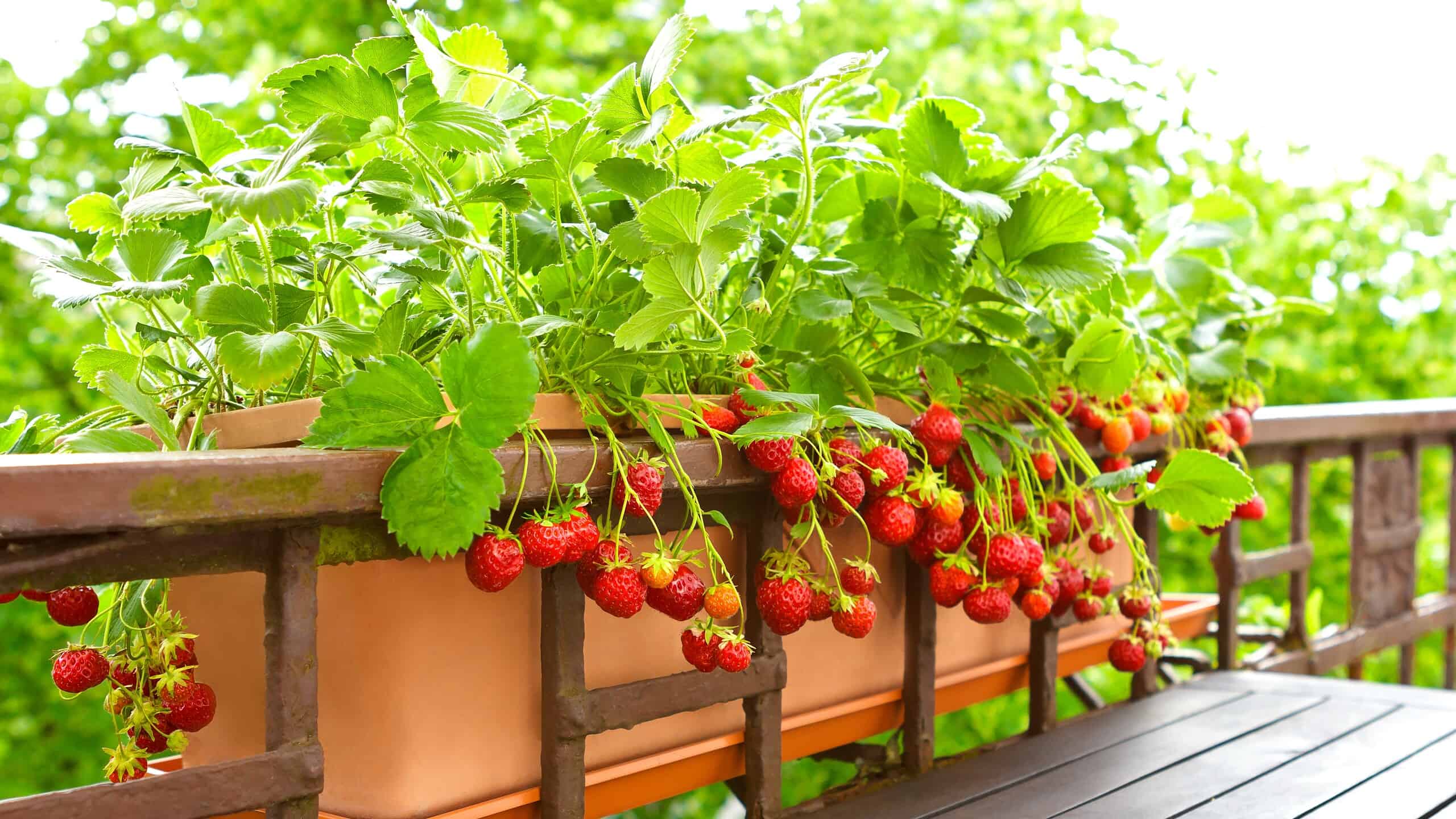

Edible Gardening
How Long Can You Keep Bare Root Strawberries Before Planting
Published: September 4, 2023
Learn how long you can keep bare root strawberries before planting in your edible gardening journey. Find expert tips and advice for success.
(Many of the links in this article redirect to a specific reviewed product. Your purchase of these products through affiliate links helps to generate commission for Chicagolandgardening.com, at no extra cost. Learn more)
Table of Contents
Introduction
Welcome to the world of edible gardening! If you’ve ever dreamed of harvesting your own fresh and juicy strawberries, then growing them in your own garden is a wonderful starting point. While there are different methods of growing strawberries, one popular option is to start with bare root strawberries. In this article, we will explore the shelf life of bare root strawberries and provide tips on how to store and plant them for optimal results.
Bare root strawberries are plants that are sold and shipped without soil. Instead of being potted or in a traditional container, the roots of these plants are often wrapped in a damp material to keep them hydrated during transportation. This method allows for easy handling and planting, making it a convenient choice for many gardeners.
Understanding the shelf life of bare root strawberries is crucial in ensuring the success of your gardening endeavors. Like any perishable item, bare root strawberries have a limited lifespan. It is important to know how long you can keep them before planting, as well as the factors that can affect their freshness and viability.
What are bare root strawberries?
Bare root strawberries are a specific type of strawberry plant that is sold and shipped without soil. Instead of being potted or contained in a traditional container, bare root strawberries have their roots bare, hence the name. These plants are often sold dormant, with their leaves trimmed back to prevent dehydration during transportation.
One of the advantages of bare root strawberries is their convenience and ease of handling. Because they are not planted in soil, they are lighter and more compact than potted plants. This makes them easier to ship and store, and also makes planting them faster and more straightforward.
When you purchase bare root strawberries, you will typically receive a bundle of plants with their roots wrapped in a damp material, such as newspaper or moss, to keep them hydrated during transit. The material also helps to maintain the optimal moisture level for the roots, ensuring their viability when it’s time to plant them.
Bare root strawberries are often available for purchase during the dormant season, which is typically in late winter or early spring. This is the time when the plants are still in their dormant state, with no active growth. By planting them during this period, you give the strawberries a head start when the growing season begins, allowing them to establish strong roots and produce a bountiful harvest.
Overall, bare root strawberries are a popular choice for gardeners because of their convenience, cost-effectiveness, and potential for a successful harvest. By understanding the characteristics and benefits of these plants, you can make an informed decision about incorporating them into your edible garden.
Shelf life of bare root strawberries
The shelf life of bare root strawberries refers to the length of time the plants can be stored before they are planted in the ground. It is important to be aware of this timeframe to ensure the viability and health of the plants when it comes time to start your edible garden.
The shelf life of bare root strawberries can vary depending on various factors, including the condition of the plants at the time of purchase and how they are stored. Generally, bare root strawberries can be stored for a few days up to a couple of weeks before planting.
When you receive your bare root strawberries, it is crucial to inspect the plants immediately and assess their condition. Look for any signs of damage, such as broken or dried out roots, or mold or rot on the plant. It is best to discard any plants that appear unhealthy or damaged, as they are less likely to thrive once planted.
Proper storage is key to prolonging the shelf life of bare root strawberries. To keep them in optimal condition, it is essential to store them in a cool and dark location. The temperature should be kept around 35-45°F (1.6-7.2°C). This can be achieved by placing the plants in a refrigerator or a cool basement or garage.
Additionally, it is important to keep the roots of the bare root strawberries moist during storage. This can be done by wrapping the roots in a damp paper towel or moist sphagnum moss before placing them in a plastic bag. The moisture will help keep the roots hydrated and prevent them from drying out.
It is worth noting that the longer bare root strawberries are stored, the more their viability can decrease. As time goes on, the plants may start to break dormancy and develop small shoots or leaves. While this is not necessarily a bad thing, it does indicate that the plants are becoming more active and should be planted sooner rather than later.
By understanding the general shelf life of bare root strawberries and taking proper storage precautions, you can ensure that your plants remain healthy and ready for planting when the time is right. This will give them the best chance to thrive and produce delicious strawberries for you to enjoy.
Factors affecting shelf life
Several factors can affect the shelf life of bare root strawberries. Awareness of these factors will help you understand how to store and care for your plants to ensure their longevity and vitality.
1. Quality at purchase: The quality of the bare root strawberries at the time of purchase plays a significant role in their shelf life. It is essential to choose plants that are healthy, with intact roots and no signs of damage or disease. Healthy plants are more likely to have a longer shelf life.
2. Storage conditions: The conditions in which you store your bare root strawberries can greatly impact their shelf life. As mentioned earlier, keeping them in a cool, dark location between 35-45°F (1.6-7.2°C) is ideal. This temperature range helps maintain the dormant state of the plants and prevents premature growth.
3. Moisture levels: Proper moisture levels are crucial for extending the shelf life of bare root strawberries. The roots should be kept moist but not overly wet. Dampening the roots with a moist paper towel or sphagnum moss and storing them in a sealed plastic bag will help retain the necessary moisture.
4. Length of storage: The longer you store bare root strawberries, the more their viability can decrease. Although they can be stored for a few days up to a couple of weeks, it is best to plant them as soon as possible to ensure the healthiest growth.
5. Environmental factors: Environmental conditions, such as fluctuations in temperature and humidity, can impact the shelf life of bare root strawberries. Extreme heat or cold, high humidity, or exposure to direct sunlight can shorten their viability. Maintaining consistent and optimal storage conditions will help mitigate these effects.
It is important to note that while bare root strawberries have a limited shelf life, they are resilient plants that can still thrive even if stored for a shorter or longer duration. However, the factors mentioned above should be taken into consideration to maximize the chances of success in your edible garden.
Proper storage for bare root strawberries
Proper storage is essential to maintain the freshness, vitality, and viability of bare root strawberries. Following these guidelines will help ensure that your plants are in optimal condition when it’s time to plant them in your garden.
1. Keep them cool: Bare root strawberries should be stored in a cool location, ideally between 35-45°F (1.6-7.2°C). The lower end of this temperature range helps maintain the dormant state of the plants, preventing premature growth.
2. Maintain darkness: It is important to keep bare root strawberries in a dark environment during storage. Exposure to light can trigger the plants to break dormancy and start growing prematurely. Place the wrapped plants in a black bag or store them in a dark box to block out any light.
3. Ensure proper moisture: The roots of bare root strawberries should be kept moist but not overly wet. This can be achieved by wrapping the roots in a damp paper towel or moist sphagnum moss. The moisture helps prevent dehydration and keeps the roots hydrated during storage.
4. Store in a breathable container: While it is important to keep the roots moist, it is equally important to allow for some airflow. Avoid sealing the plants in an airtight container as this can promote the growth of mold or fungus. Instead, use a breathable bag or container that allows some airflow while still maintaining moisture.
5. Check regularly: During the storage period, it is crucial to regularly check the condition of the bare root strawberries. Inspect the roots for any signs of mold, rot, or dryness. Remove any plants that appear unhealthy or damaged to prevent them from affecting the others.
Remember, the goal of proper storage is to maintain the dormant state of the plants and preserve their vitality until they are ready to be planted. By following these storage guidelines, you will ensure that your bare root strawberries have the best chance of thriving and producing a bountiful harvest in your garden.
Signs of spoilage in bare root strawberries
It is important to be able to identify the signs of spoilage in bare root strawberries to ensure successful planting and growth. By recognizing these indications, you can avoid planting unhealthy or damaged plants and increase the chances of a thriving edible garden.
1. Mold or fungus: One of the most visible signs of spoilage is the presence of mold or fungus on the roots or crown of the bare root strawberries. If you notice any fuzzy or discolored patches, it is a clear indication that the plant is unhealthy and should not be planted.
2. Dry and shriveled roots: Healthy bare root strawberries should have moist and plump roots. If the roots appear dry, shriveled, or brittle, this indicates dehydration and potentially poor health. It is best to discard these plants and select ones with healthier root systems.
3. Foul odor: A strong, unpleasant odor emanating from the bare root strawberries is another sign of spoilage. This can be an indication of rotting or decay. Avoid planting plants that emit a foul smell, as they are likely to have underlying issues affecting their viability.
4. Discolored or mushy spots: When inspecting the bare root strawberries, look out for any discolored or mushy spots on the roots or crown. These can be signs of rot and decay. Plants with these symptoms should not be planted, as they are less likely to survive and thrive.
5. Damaged or broken roots: Bare root strawberries with damaged or broken roots may have a lower chance of successful growth. Damaged roots can hinder the plant’s ability to absorb nutrients and water, making it more susceptible to stress and disease. Look for plants with intact and undamaged root systems.
It is crucial to inspect the bare root strawberries upon arrival and before planting. If you come across any of these signs of spoilage, it is best to discard those plants and select fresh, healthy ones. Remember, healthy plants have a better chance of establishing strong roots and producing a fruitful harvest in your edible garden.
Planting bare root strawberries
Now that you have properly stored and selected healthy bare root strawberries, it’s time to plant them in your garden. Follow these steps to ensure successful planting and give your strawberries the best start:
1. Choose the right location: Select a location in your garden that receives full sun for at least 6-8 hours a day. Ensure that the soil is well-draining to prevent waterlogging, which can lead to root rot.
2. Prepare the soil: Before planting your bare root strawberries, prepare the soil by removing any weeds or debris. Loosen the soil and amend it with compost or well-rotted manure to improve fertility and drainage.
3. Dig the holes: Dig holes that are wide enough to accommodate the spread-out roots of the bare root strawberries. The holes should be deep enough so that the crown of the plant sits level with the soil surface.
4. Place and spread the roots: Carefully place the bare root strawberries in the holes, making sure to spread out the roots evenly. Avoid bending or tangling the roots as this can cause damage and hinder their growth.
5. Backfill and firm the soil: Gently backfill the holes with soil, ensuring that the roots are covered but the crown remains exposed. Lightly firm the soil around the plants, taking care not to compact it too much.
6. Water thoroughly: After planting, give the bare root strawberries a thorough watering to settle the soil and provide moisture to the roots. Keep the soil consistently moist but not waterlogged throughout the growing season.
7. Mulch and maintain: Apply a layer of mulch around the plants to help conserve moisture, suppress weeds, and regulate soil temperature. Regularly monitor the moisture levels and water as needed. Remove any weeds that may compete with the strawberries for nutrients.
8. Provide support if needed: Depending on the strawberry variety, you may need to provide support for the plants as they grow and develop. This can include using trellises, stakes, or netting to keep the sprawling plants off the ground.
Remember to follow any specific planting instructions provided with your particular bare root strawberry plants, as different varieties may have specific requirements.
By following these planting guidelines, you will give your bare root strawberries the best chance to establish strong roots, grow vigorously, and ultimately reward you with a plentiful harvest of delicious and sweet strawberries.
Conclusion
Growing your own strawberries can be a fulfilling and rewarding experience, and starting with bare root strawberries is an excellent choice for many gardeners. By understanding the shelf life of bare root strawberries and following proper storage techniques, you can ensure the health and viability of your plants.
Bare root strawberries are convenient to handle and plant, making them a popular option for edible garden enthusiasts. They are sold without soil, with their roots wrapped in a damp material to keep them hydrated during transportation.
Proper storage conditions, such as cool temperatures and darkness, help maintain the dormant state of bare root strawberries. Keeping the roots moist and avoiding excessive moisture are key factors in ensuring their longevity.
When inspecting the plants, it is important to look for signs of spoilage, including mold or fungus, dry and shriveled roots, foul odor, and damaged or broken roots. Discarding any plants with these signs will prevent them from affecting the overall health of your garden.
Once you are ready to plant your bare root strawberries, choose a sunny location with well-draining soil. Dig appropriate holes, place the plants with spread-out roots, backfill the soil, and thorough water them. Applying mulch and providing support, if necessary, will assist in the successful establishment and growth of your strawberries.
Remember, growing strawberries is a journey of patience and care. With proper storage, planting, and ongoing maintenance, you can enjoy the fruits of your labor with a bountiful harvest of delicious, homegrown strawberries.
